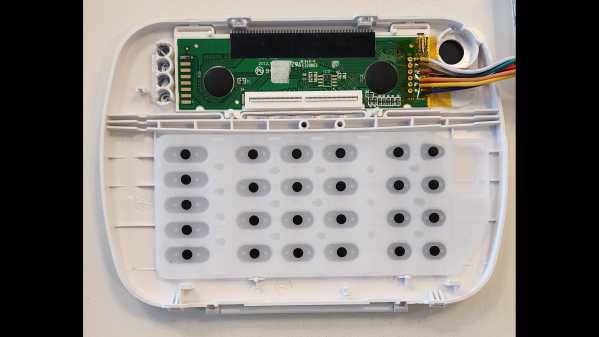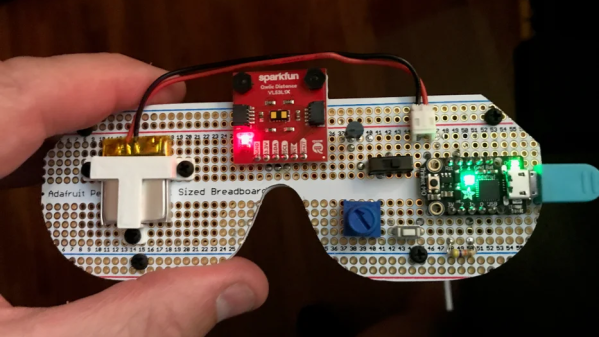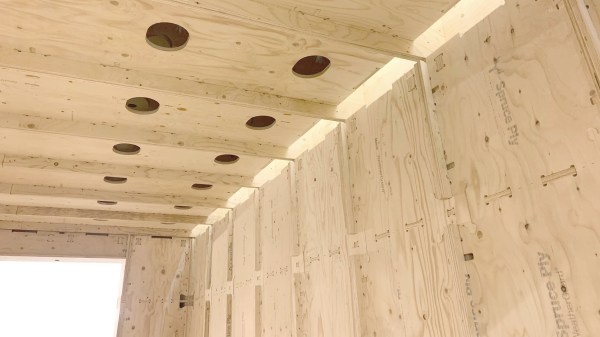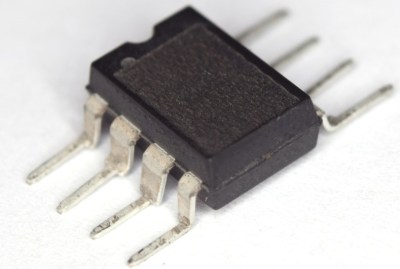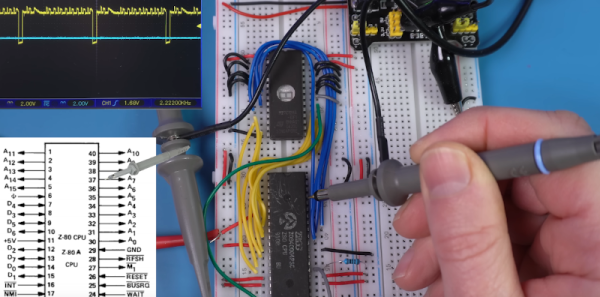Cars don’t grow on trees, but Ford is designing car parts from olive tree cuttings. [via Electrek]
Ford is no stranger to designing parts from plants for their vehicles. Henry famously liked to beat on the Soy Bean Car with a blunted axe to tout the benefits of bioplastic panels. Researchers at Ford’s Cologne, Germany facility have detailed their work to use waste from olive orchards as part of a new biocomposite from the LIVE COMPOLIVE program.
Fibers from the olive tree cuttings are mixed with recycled plastic and injection molded to form panels. The video below features interior panels that are currently made with traditional plastics that could be swapped over to the new composite. Since these cuttings are a waste product from food production, there isn’t the tension akin to that presented via biofuels vs food. We’re curious what Precious Plastics could do with this, especially if the fibers are able to reinforce the matrix.
If you want to see some other unusual uses for waste wood, why not checkout a “paper” bottle or 3D printing with sawdust?


